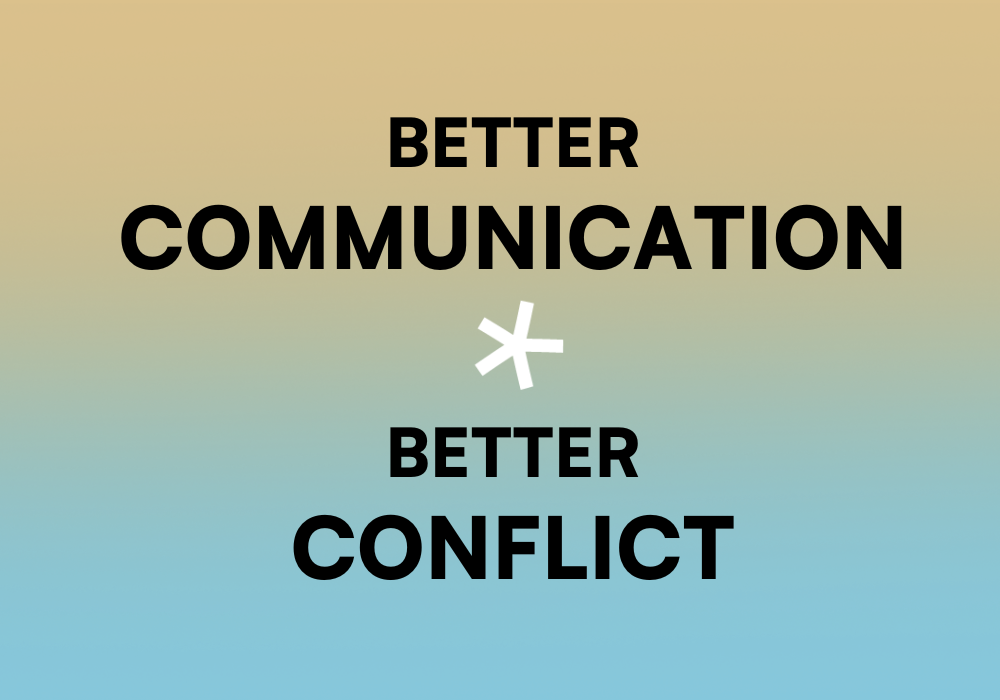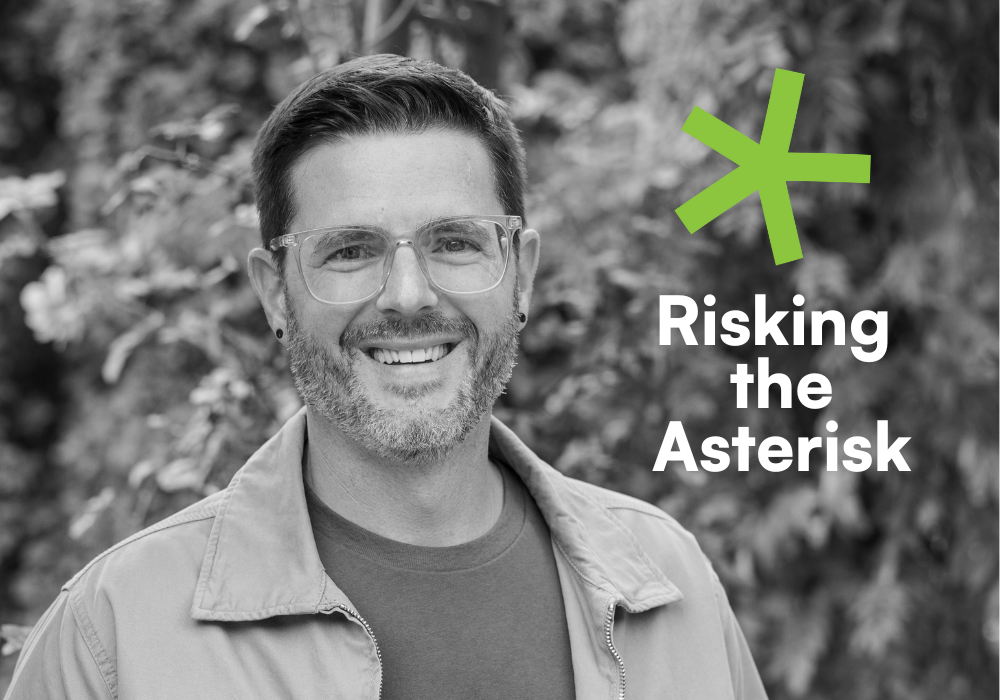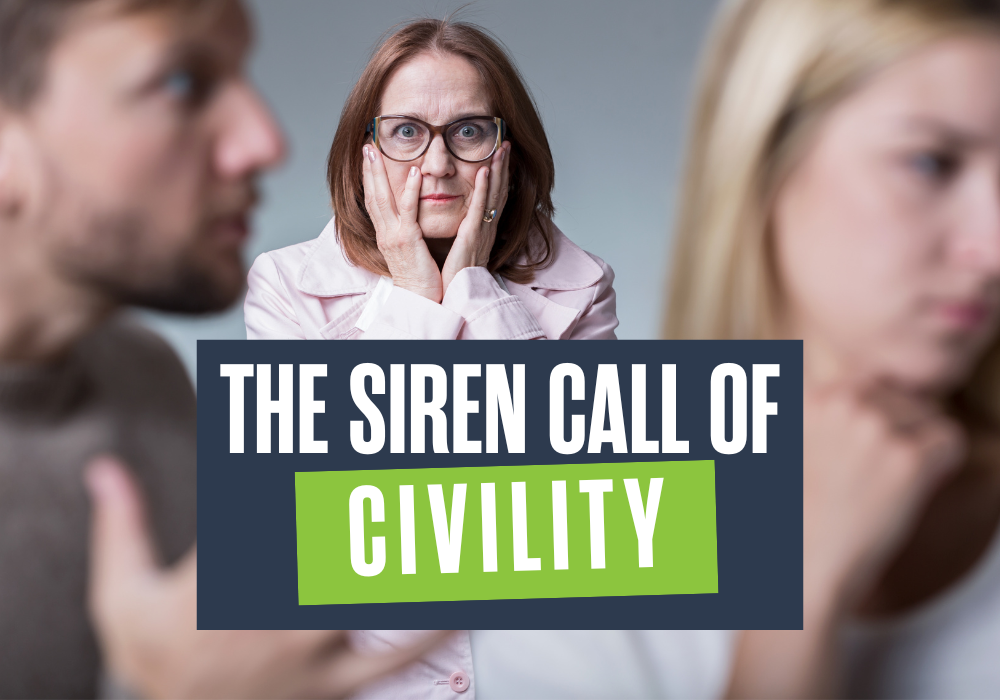**NOTE: The originator of this quote, Vernā Myers, and I have had a couple of great back-and-forths about this idea. I deeply respect her work and words, and in no way is this an attack on her. Rather, it's a reflection of the evolution of DEI work, of continuing to set the bar higher, and of casting vision farther. The original quote is hers, as is much of the foundation of the work I stand on.
There's a popular phrase about diversity and inclusion making its social media rounds recently:
Diversity is being invited to the party; Inclusion is being asked to dance.
I get it. It's an effort to distinguish two terms that, for many, mean the same thing.
To this end, the statement is helpful. It articulates (though somewhat abstractly) that diversity is about representation, and inclusion is about involvement. Those are really different things, and it's important to help people understand that.
At the risk of reading too deeply into something not built to be analyzed, though, I have a problem with this phrase. Or, perhaps, more precisely, I believe that diversity and inclusion practitioners should stop using this phrase as a summary-statement or end-game phrase of D&I work.
The issue is that, at its heart, this is an oversimplification of complex ideas, and doesn't authentically represent what inclusion really could/can be. Both of these statements, the "diversity" and the "inclusion" one, are passive constructions. That is, there is an implication of someone else (not referenced directly in the statement) doing the inviting, and doing the asking.
To put it into corporate terms...
This phrase only really indicates that organizational diversity and inclusion is, at its best, those with leadership influence deigning to include others in their circles for brief moments, usually in celebrative ways rather than strategic ones.
Maybe I'm overly leaning into power structure dynamics, but when one asks another to dance, generally that's an ask coming from a position of relational power (in this case the comfort to believe that he/she won't be rejected), and unfolds accordingly, with the "asker" leading the dance. The one being asked remains a responder, both in the dance, and after.
It seems to me that espousing this idea that inclusion means being asked to dance is not only overly simplistic, it's dangerous. It allows that there is, and will be, a specific group that controls the "pace" and "space" of the dance floor.
What seems to me to be a better vision for this work is to create a sense where marginalized or underrepresented peoples are no longer dependent on an offer of brief "inclusion," but where they are equally able to be askers. That's a big shift, and I say this knowing it represents lots of organizational culture training, and time enough to bring more underrepresented peoples into leadership positions. It's also dependent on educational systems and inequities, the geographies of poverty and opportunity, traditional hiring practices, etc, etc.
But that's what we're shooting for, right? Full inclusion? Don't we desire a corporate culture that creates space for, and rewards, strategic practices, policies, and behaviors that allow all people not only to bring their fullest sense of self to work each day, but to lead out with their very best contributions toward that company's mission, vision and goals? Research indicates the closer we get to this ideal the better (also read, more profitable) our companies become. And, I believe, the better our companies become, the better our communities become.
Perhaps a better version of this statement might be:
Diversity is being invited to the party; Inclusion is dancing.
Or, better:
Diversity is being invited to the party; Inclusion is choosing the music.
Or, maybe at its best:
Diversity is going to a party; Inclusion is being a member of the party-planning committee.
I don't know. Maybe I'm way over-thinking it. But if I'm going to cast vision for, and be engaged in, a pursuit of something, it might as well be for something really worth chasing.
**To read the ongoing conversation about this article in the comments section, head to LinkedIn: https://www.linkedin.com/pulse/inclusion-isnt-being-asked-dance-daniel-juday/



